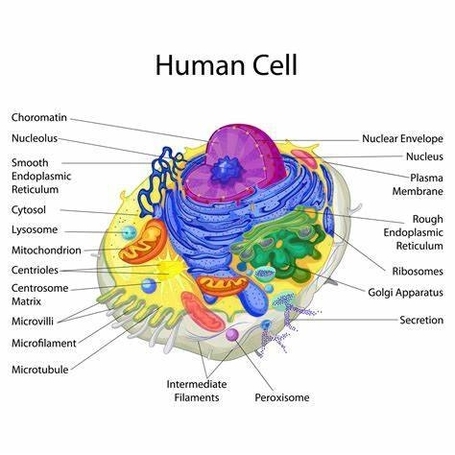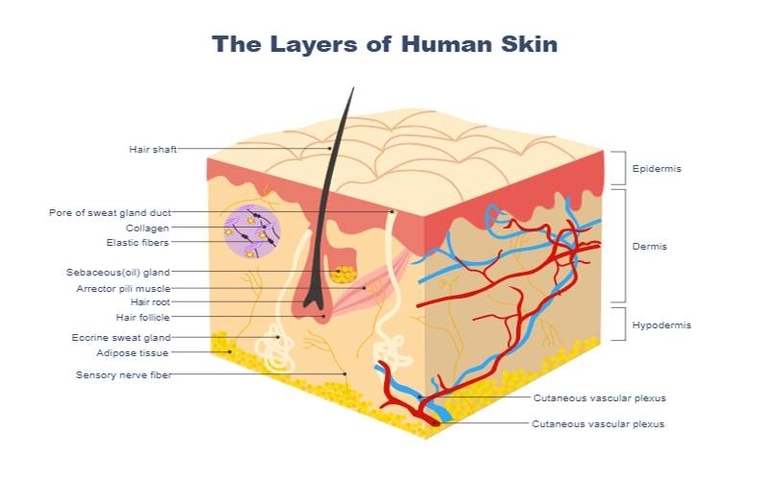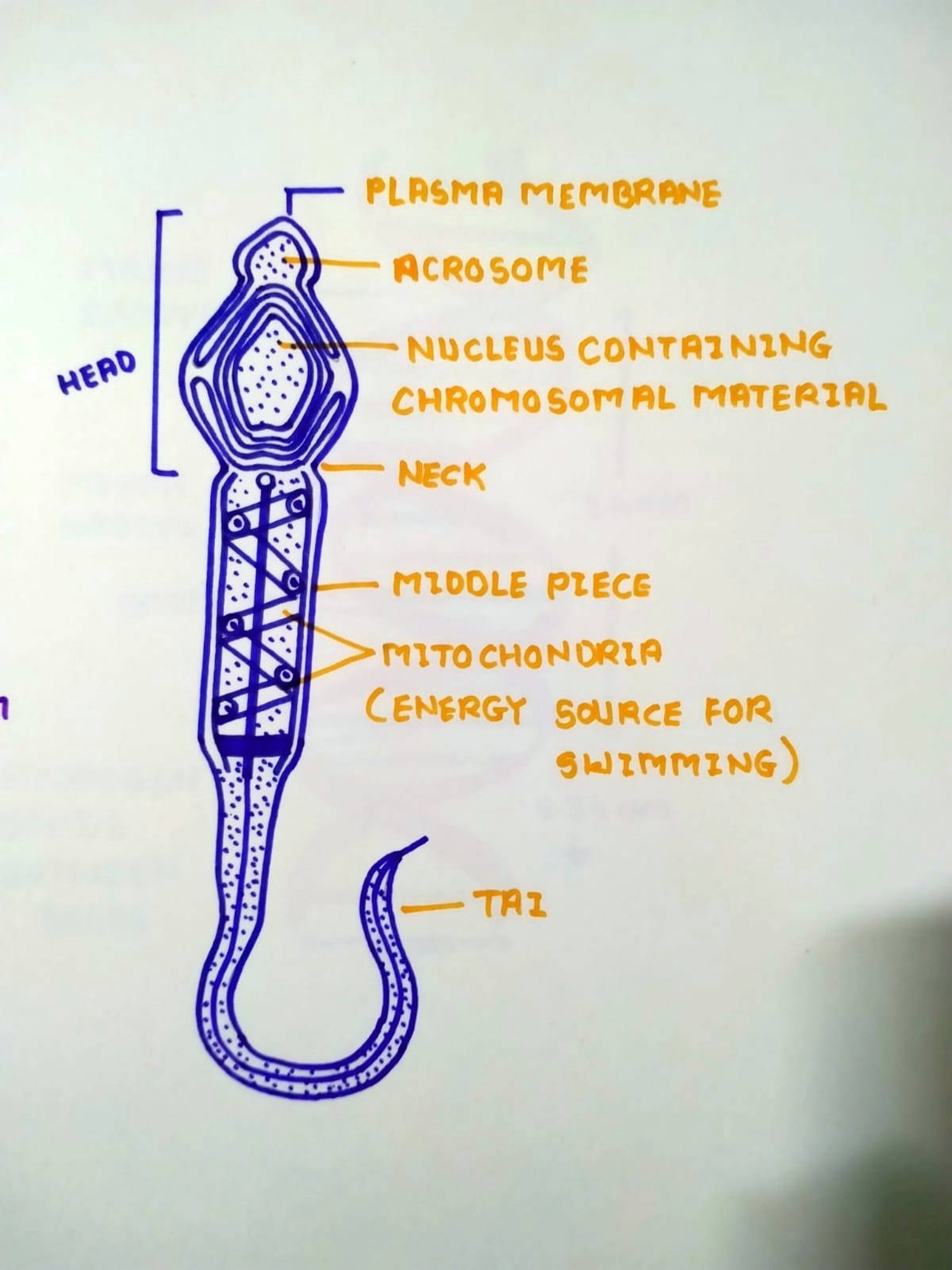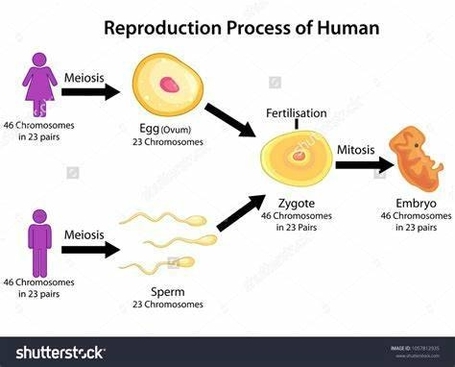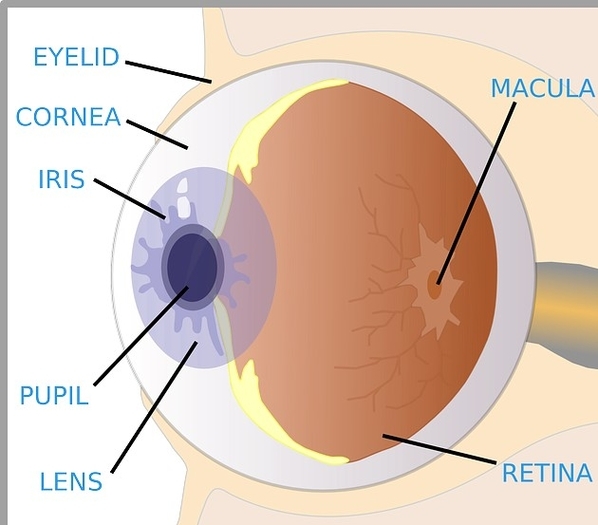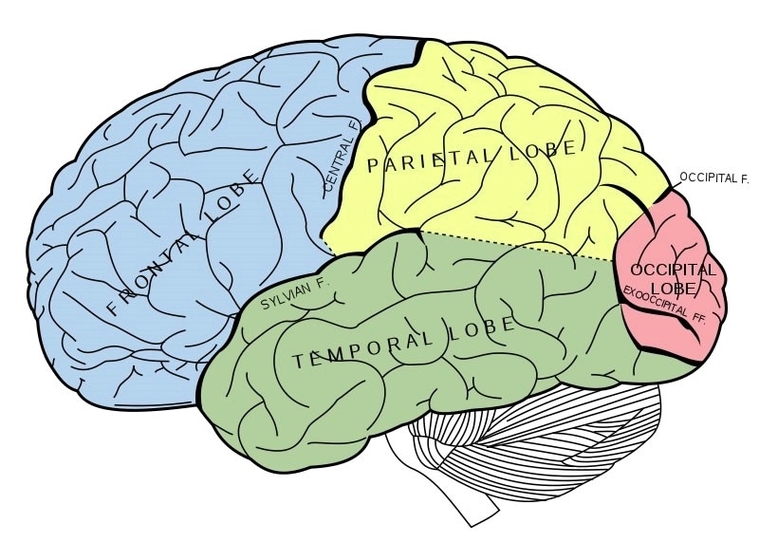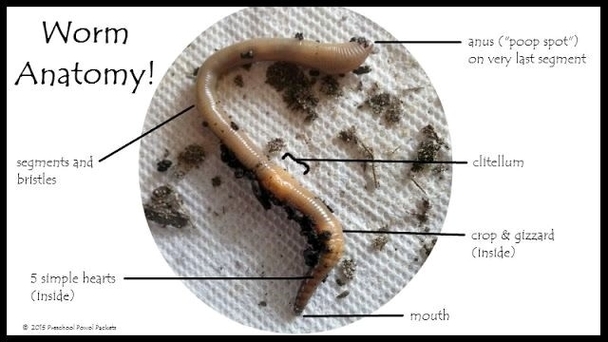Human Cell with Detailed Labels: A detailed diagram of a human cell includes organelles like the nucleus, nucleolus, ribosomes, mitochondria, endoplasmic reticulum, Golgi apparatus, lysosomes, peroxisomes, and centrosomes, along with the plasma membrane and cytoskeleton. Each component is labeled to reflect its function, such as energy production, protein synthesis, or genetic storage. These labels and structures offer insight into how cells operate as the fundamental units of life.
